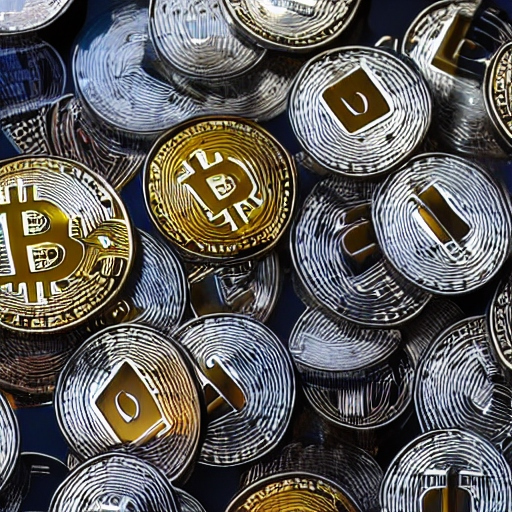Cryptocurrency exchanges that link buyers and sellers directly without using middlemen a la Wall Street are under pressure to enhance their services as their market share shrinks.
These “decentralized” platforms enable trading through algorithmic, blockchain-based software known as “smart contracts,” allowing users to keep custody of their tokens rather than giving them to a middleman.
Since the FTX exchange collapsed last November, which damaged confidence in centralized systems that seize control of tokens, crypto zealots have anticipated a golden age for peer-to-peer trading platforms like Uniswap and dYdX.
But that hasn’t happened; according to Kaiko statistics, monthly spot trading volumes on decentralized exchanges fell 76% to $21 billion by June of this year from January of 2022, a decrease that was greater than the 69% decline for their centralized competitors to $429 billion. According to the statistics, the market share of peer-to-peer digital asset platforms has decreased to 5% from a 2023 top of 7% reached in March.
Crypto enthusiasts who despise the traditional finance industry’s intermediary model prefer decentralized platforms. However, compared to important centralized venues like those provided by Binance Holdings Ltd. or Coinbase Global Inc., they frequently suffer from more complicated user interfaces, slower speeds, and lesser liquidity.
Peer-to-peer exchanges’ “designs continue to improve and the platforms are still generally less than three years old,” yet most institutional investors find it difficult or impossible to trade on them, according to Richard Galvin, co-founder of Digital Asset Capital Management.
New Services
A recent new protocol from Uniswap, the biggest decentralized trading platform, is one example of an effort to improve things. It aims to increase pricing for customers by combining several sources of liquidity for digital assets. A decentralized exchange that offers speeds equivalent to centralized systems was launched by blockchain company Vertex earlier this year.
Decentralized exchanges offer compliance challenges because they are unregulated, according to a PwC assessment of crypto hedge funds. According to Townsend Lansing, head of product at cryptocurrency asset manager CoinShares International Ltd., the regulatory uncertainty is undoubtedly a barrier to these protocols.
According to Vince Turcotte, director of digital assets at market surveillance company Eventus, less experienced and more cautious investors would probably stay away from decentralized exchanges and favor reliable, regulated traditional financial products.
While decentralized exchanges have struggled with volumes, Token Terminal data shows that the number of monthly active users has been rising gradually since 2020 and has been above 1 million for the majority of this year. That may indicate uncertainty about the future of centralized platforms in the wake of FTX’s bankruptcy amid allegations of significant fraud, which increased official scrutiny.
According to Karan Ambwani, India lead for dYdX, more investors are looking for ways to mitigate counterparty and custody risk, which is driving them towards decentralized methods.
However, given recent indications that traditional financial organizations see prospects in cryptocurrencies when the market rebounds from a $1.5 trillion crash in 2022, expanding the user base may become increasingly difficult.
An institutional-only cryptocurrency exchange called EDX Markets, for instance, launched last month. Citadel Securities, Fidelity Digital Assets, and Charles Schwab Corp. are a few of the companies that support the platform.
Yves Longchamp, head of research at Seba Bank AG, predicts that the entry of major traditional companies from traditional finance will likely increase liquidity in the digital asset ecosystem.
Longchamp added that while initially this may benefit centralized-exchange volumes, it could later also lead to an increase in volumes across decentralized exchanges due to a rise in demand for crypto in general.








